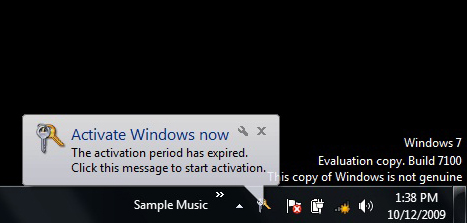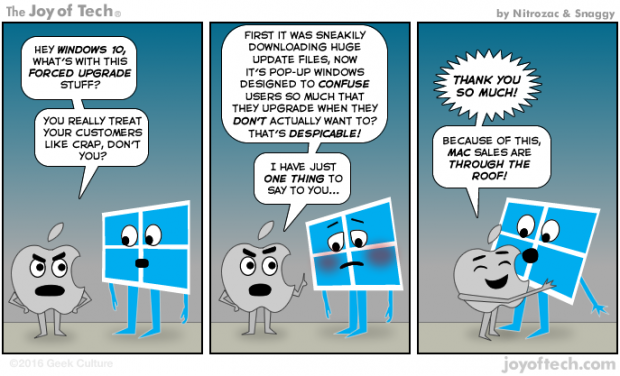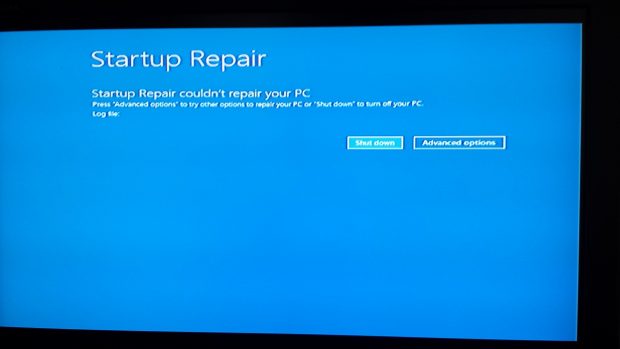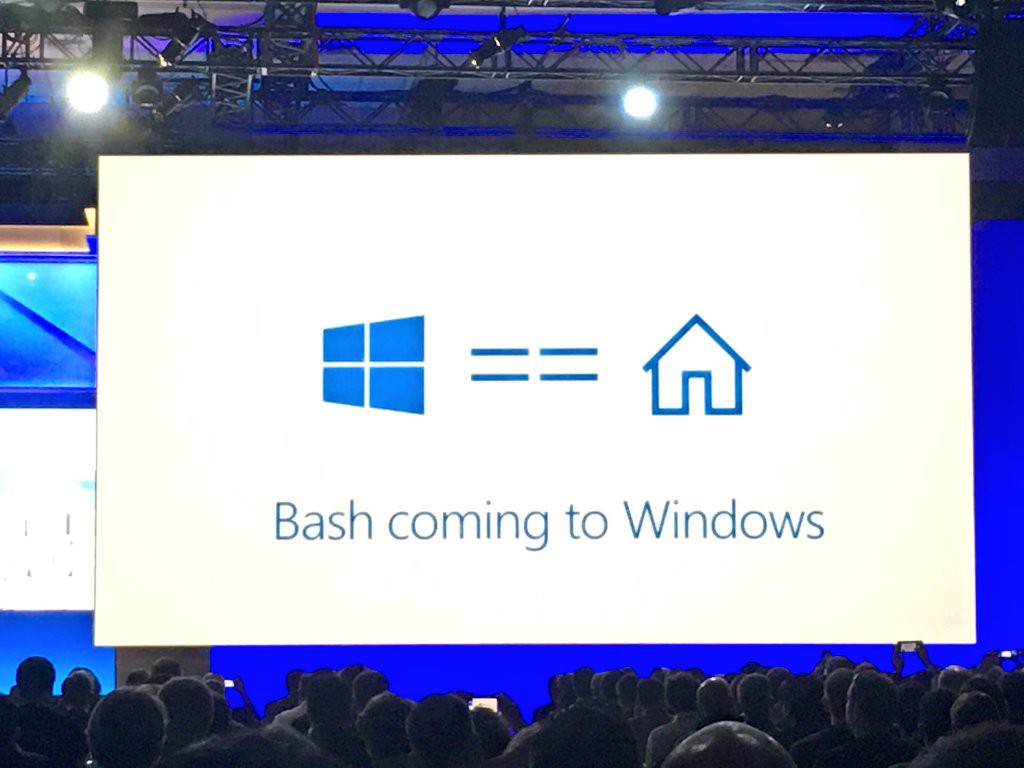
The How-To Geek posted an excellent overview of slmgr, a tools used to modify and control Windows Licensing:
Windows activation is designed to be as foolproof as possible, so Microsoft’s graphical tools keep it simple. If you want to do something more advanced like remove a product key, force an online activation, or extend the activation timer, you’ll need Slmgr.vbs.
Source: How to Use Slmgr to Change, Remove, or Extend Your Windows License
What do you do, however, if Windows still comes up “Not Genuine” and will no longer rearm? Using a KMS server, this just shouldn’t happen, but in reality it occurs all the time. In the past, we have taken to wiping the machine and starting over, but recently I actually had two recently imaged machines do this!
I found out that in these two cases, I could actually use System Restore to take it back to a previous restore point before things went wrong! Please note that this will not always work, and I really did not expect it to work this time. The only conclusion I can come to is that an update did not properly apply and cause the issue to begin with.
At any rate, it might save someone some time.






